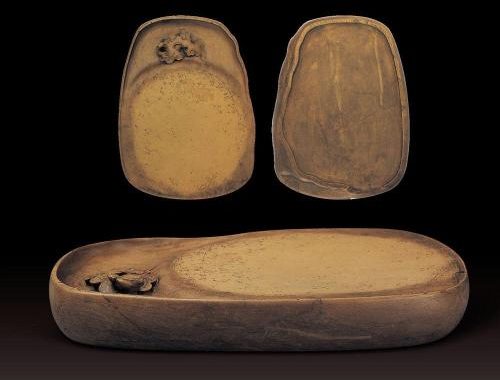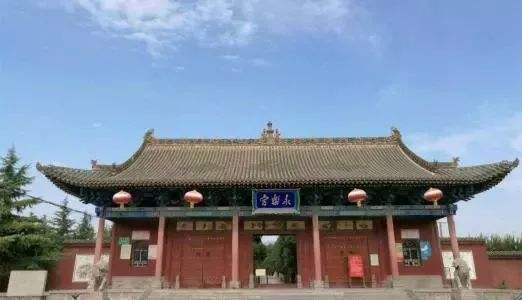Biluo Stele
3 min readBy the Northern Song Dynasty,the Jiang Model of Calligraphy had become widely known,and exerted extensive impact.Meanwhile,to Jiangzhou locals learning to write Chinese characters according to calligraphic models became a kind of cultural heritage passed down from one generation to another.
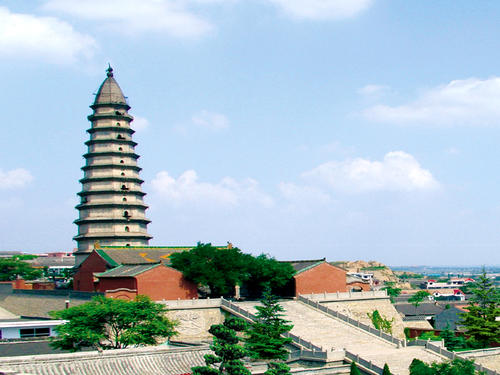
In addition to the Jiang Modelof Calligraphy, the”Biluo stele”ll-also a calligraphic masterpiece, and class-A national heritage, is housed in Longxing Temple, not far from Guang Village. Upon ascending the 108 stone steps to the temple, at its highest point can be seen an exquisite stele, at the center of which is written: Biluo stele Pavilion.
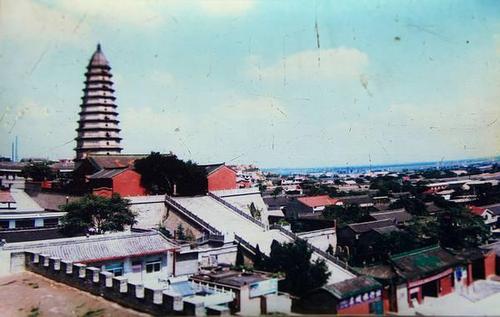
The couplet on either side reads,”Excellent penmanship makes a famous stele, with golden clouds shining on the lofty pagoda.”The world-famous Biluo stele, with its unusual, ancient text and sublime calligraphic style, is a truly immortal work in the history of the Chinese calligraphy.
Moreover, the production of inkstones, brushes and ink, which is inextricable from the art of calligraphy, also has a long history in the locality. The Chengni Inkstone, brushes and ink made in ancient Jiangzhou originated in the Tang and Song dynasties, and flourished in the Ming and Qing dynasties. In the last years of the Qing Dynasty, morethan 30 shops in Jiangzhou specialized in the “scholar’s four treasures”(calligraphy brush, inkstick, inkstone, and paper). Many of the old, well known shops are long gone. But the folk arts and crafts they so painstakingly practiced and produced have been passed down through genera-tions. Today, Jiangzhou Chengni Inkstones and Jiang brushes are. widely known at home and abroad. The most famous Jiangzhou Chengni Inkstone-making technique, after disappearing for more than 3o0 years, is once more in use and widely sought after since Mr. Lin Yongmao of Guang Village sought out and revived it.
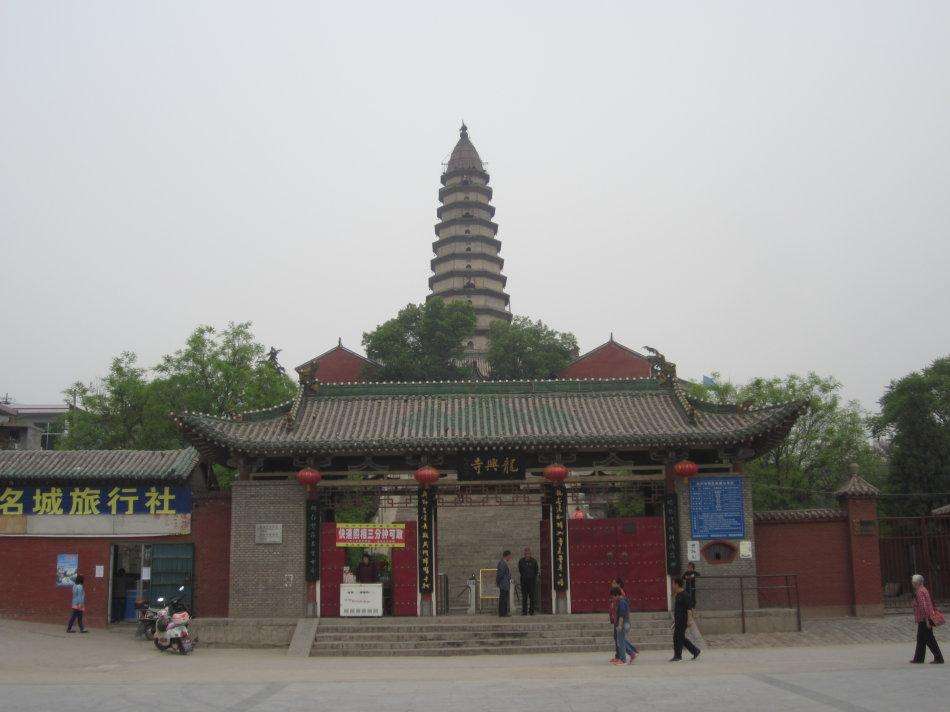
Ancient Jiangzhou culture is undoubtedly imbued with the culture of literature and calligraphy, which is indeed the essence of Chinese civilization. Over thousands of years, generations of dwellers in Guang Village have been nourished in the rich soil of Chinese civilization, so preserving and passing on its strong cultural and artistic genes.
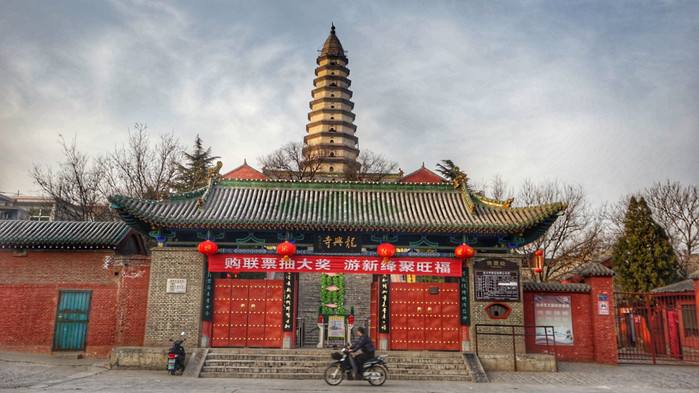
Sun Wenjie Writes a New Chapter on the “Calligraphy Village” Today’s Guang Village emits from its distinctive blue bricks and ancient tiles an intense cultural ambience. Hanging from the door lintels above the courtyard dwellings throughout the village are calligraphic couplets.
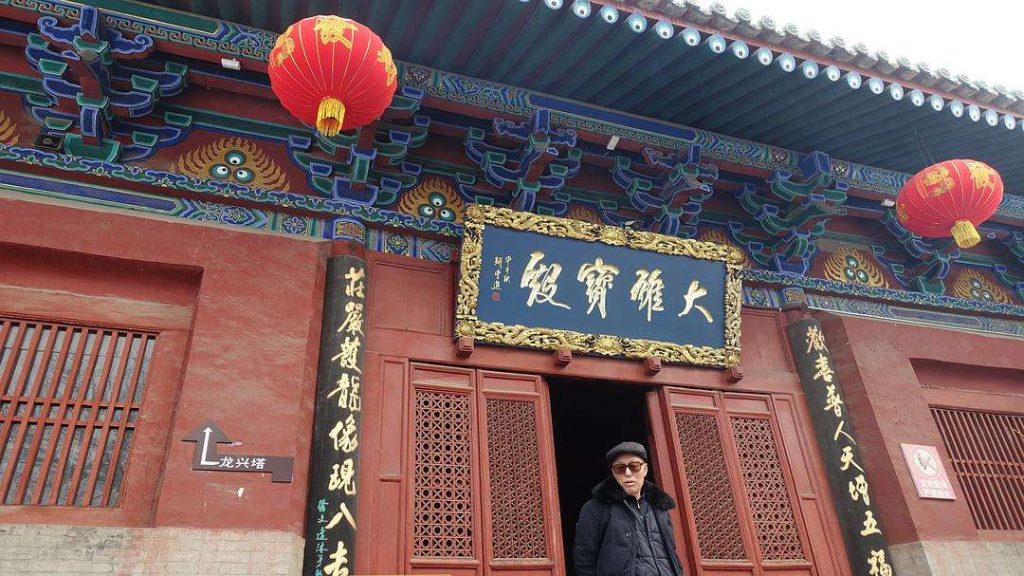
The Lins, Zhaos, and Xues are the three main village clans. The Zhao residence, called the “18 Zhao Courtyard,”was built at the beginning of the reign of Qing Emperor Qianlong. Historical records show that at that time, the Zhao home featured several artworks by renowned masters, including calligraphy by Dong Qichang and paintings by TangBohu, so embellishing with these fine works of art their imposing homes and spacious court-yards. As a result of tumultuousevents, however, these classic paintings were lost, but the lintels above the gates of these luxury courtyard houses still constitute historical relics.
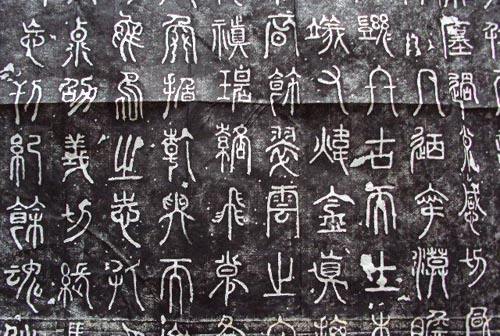
That the popular transmission of this traditional high culture has been revived in Guang Village can be ascribed to the advocacy and efforts of certain contemporary “village sages,”or figures who could be called “village intellectuals.”

